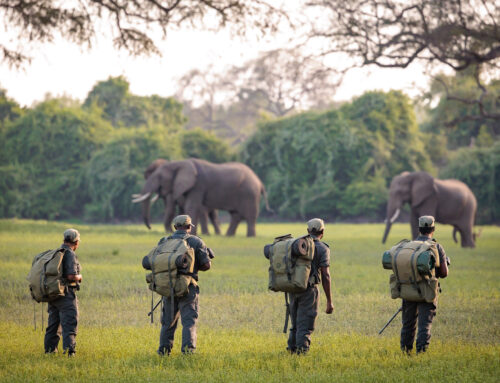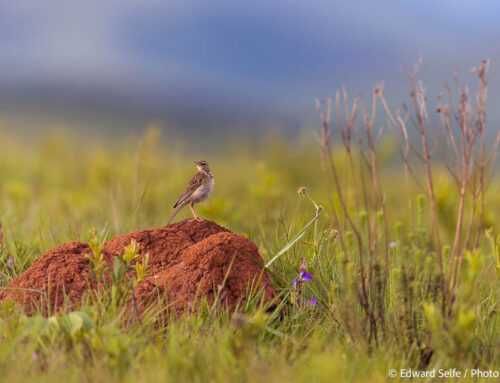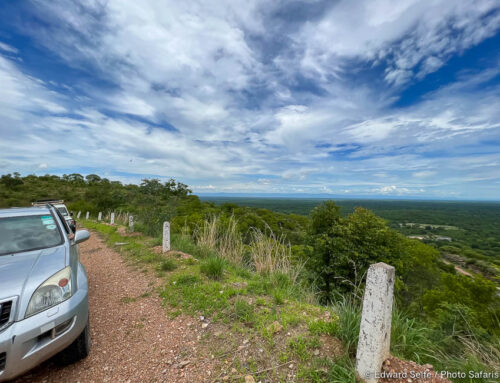I have been away on a long road trip through Zambia and into southern Tanzania during the last month. I haven’t updated my blog during that time, but there have been lots of interim updates on my Instagram. We are very fortunate to be able to travel during a time when many people have been confined to their homes. Was it sensible to undertake a trip such as this during the COVID pandemic? We thought long and hard about it: (a) the regulations of Zambia and Tanzania allowed it; (b) we are low risk which means that the threat to our own health is low; (c) the places where we were going to stay were all compliant with COVID regulations. Therefore, the decision became about whether we would be putting anyone else at risk by our travels. We decided that since we would be travelling in our own vehicles, largely camping or staying in COVID-compliant lodges and exercising social-distancing (as always), we posed no greater risk to anyone’s health than the many hundreds of local people who travel across and around Zambia and Tanzania with much less compliance to COVID rules.
However, while we were away, the new strains of COVID (including the SA variant) were identified and started to spread rapidly. Had this been the case before we left, we would have reconsidered the trip, but at the time, Zambia was dealing well with the virus and had very low cases. Once we saw the impact of the new variants, we changed some of our plans on the return trip, getting back home sooner and we have been isolating since. Sorry for the lengthy explanation, but it could easily be seen that this road trip was an irresponsible journey and I wanted to take the time to explain our thoughts about it.
We are home now and watching as the world continues to battle with this dreaded virus. It is wreaking havoc with families, plans, livelihoods, economies, friendships and businesses. The advent of vaccines is very encouraging but is not going to be an immediate remedy. We will not see a ‘return to normal’ but a gradual emergence into a new world where we hopefully value certain things much more than we have done in the past.
Since returning home, I have been busy working on safari plans for my guests in 2021. Sadly, some of the trips that we postponed from 2020 to 2021 are once again in jeopardy. Amazingly (and thank you to them for their confidence in the travel industry) I have a lot of enquiries for 2022 trips, but I plan to ensure that all my 2021 trips are taken care of before turning my attention to the future. Thanks for your patience.
But, returning to the road trip! As before, I’ll post a series of images, with captions below to explain the story, and text between where necessary. There is also a rough-cut compilation of video clips at the end of the blog. I hope you enjoy!
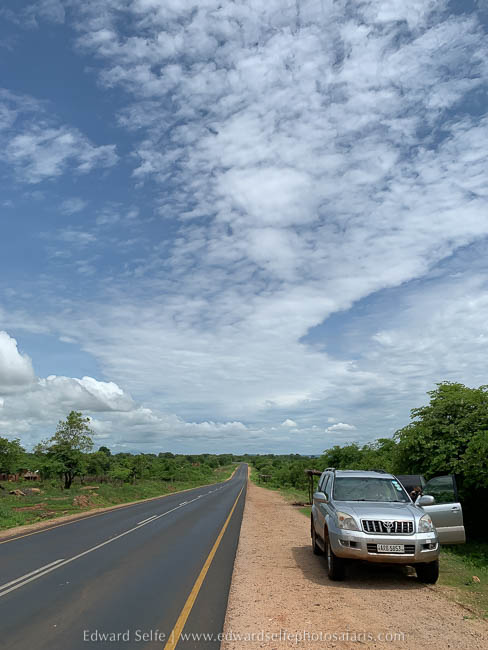
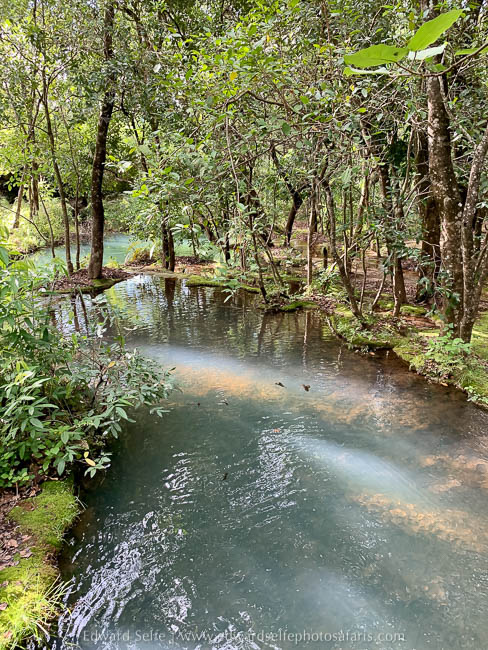
We turned north along the Great North Road towards Mkushi, Serenje, Mpika and Tanzania. In the dry season, these areas are easily accessible within a day. But in the wet season, the Luangwa Valley floor becomes uncrossable except where there are bridges and all-weather roads so the journey doubles to 2 days as it’s necessary to drive around!
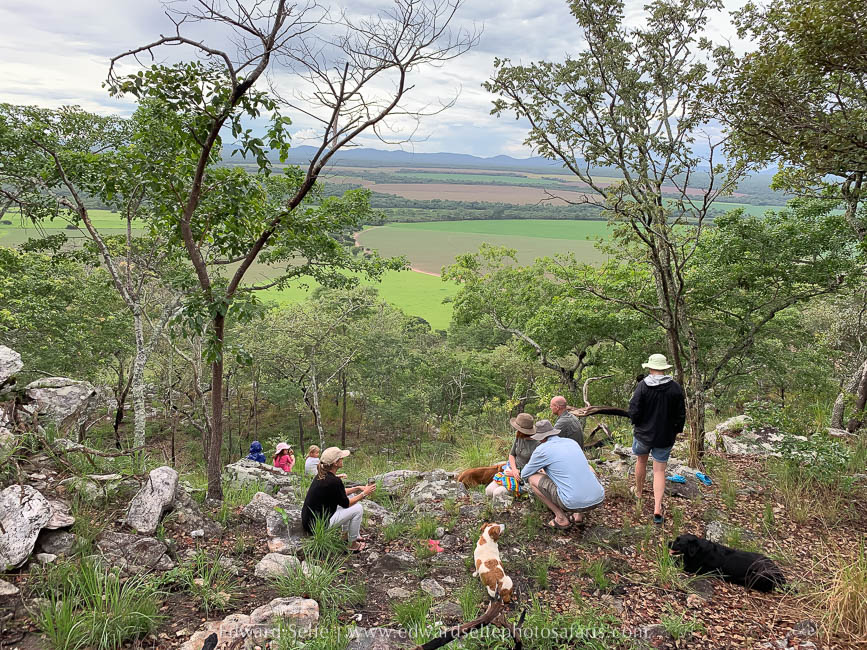
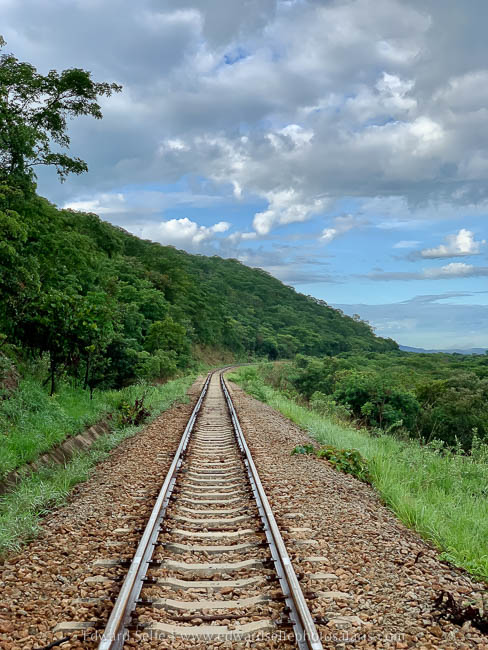
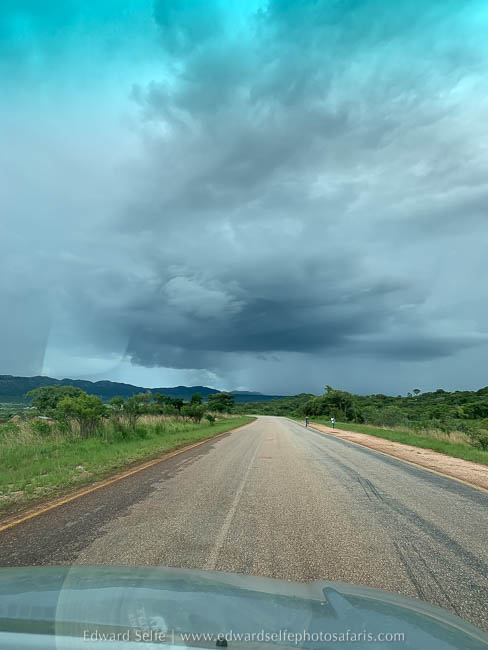
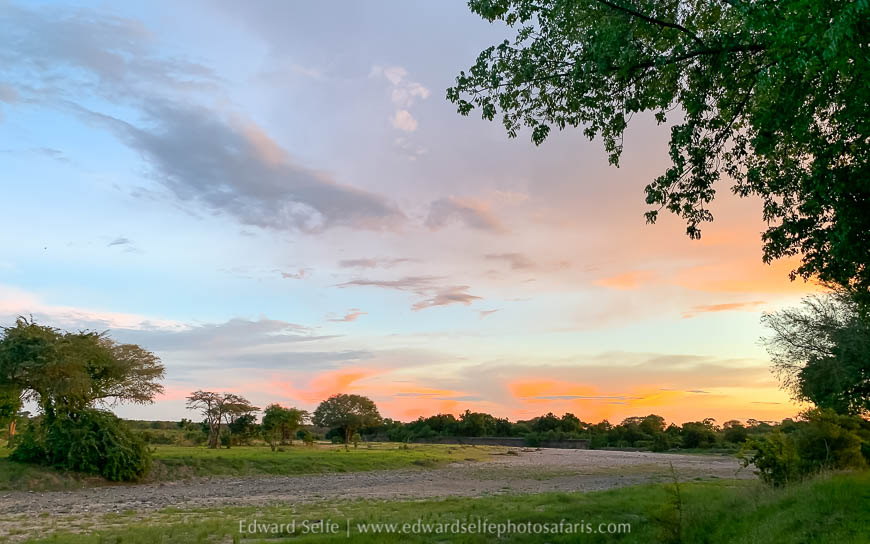
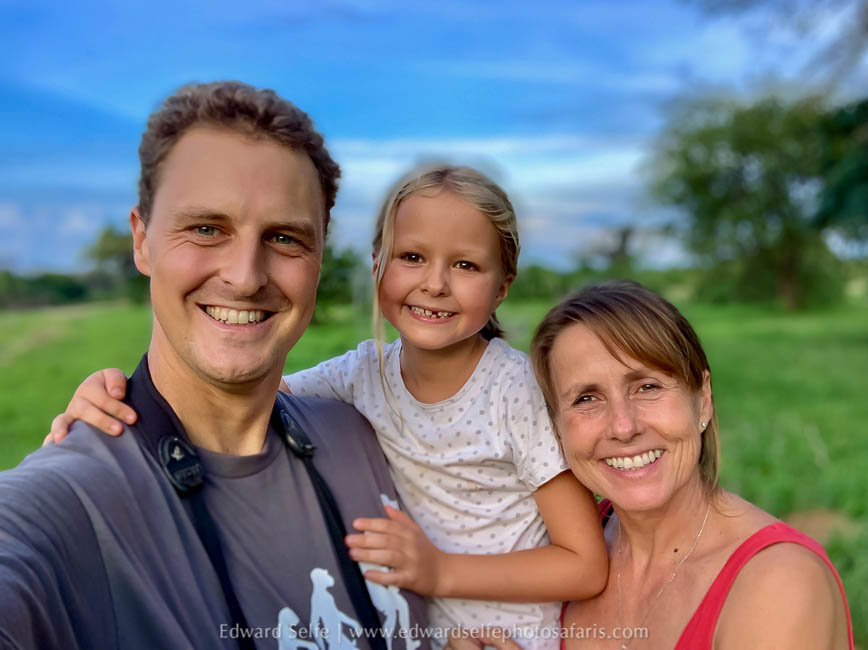
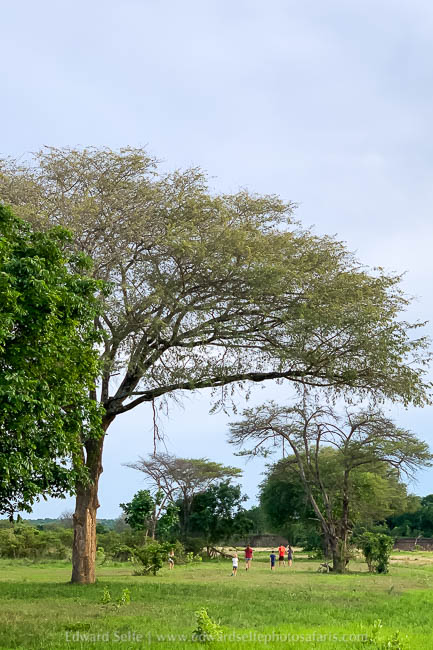
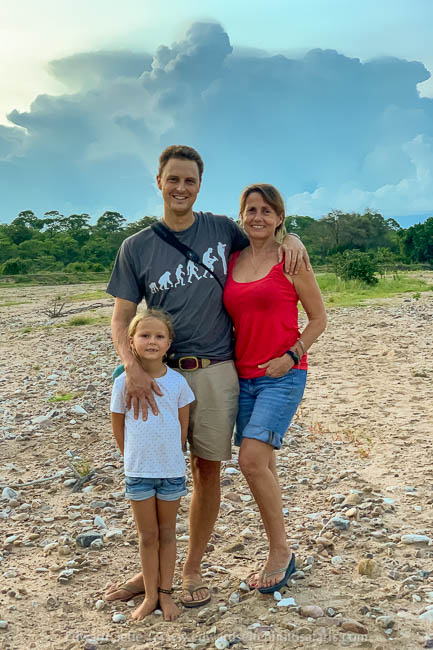
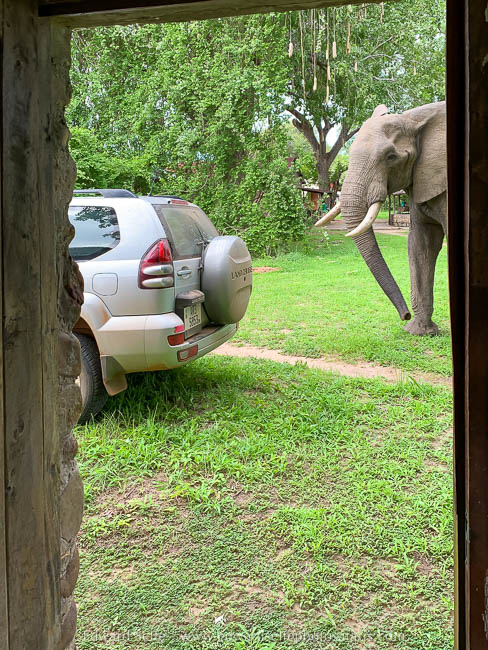
The next day was a long one; we left NLNP at 04.30 and drove more than 650kms north through Zambia towards Tanzania. There is much said about the poor quality of Africa’s roads. But as we drove north, I had a lot of time to think, and I realised that the road infrastructure is quite remarkable. During the whole day, we must have passed no more than 100 other vehicles; to build and maintain thousands of kilometres of tarmac for the relatively light (though essential) economic benefit that it brings is impressive. Yes, there are potholes, and sometimes you are faced with a choice of hitting a large pothole or an oncoming truck!, but generally the surface allowed us to cover the ground quickly.
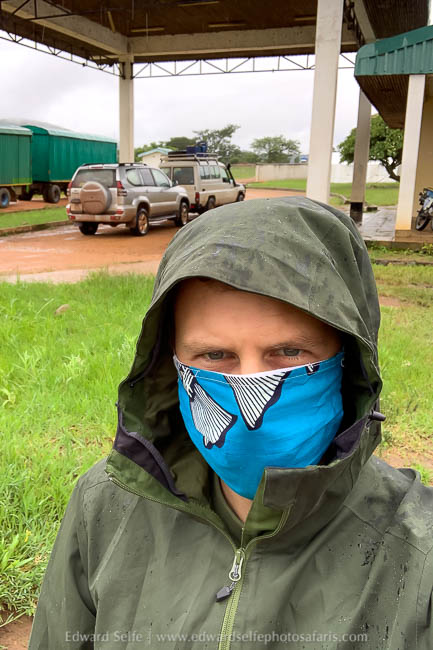
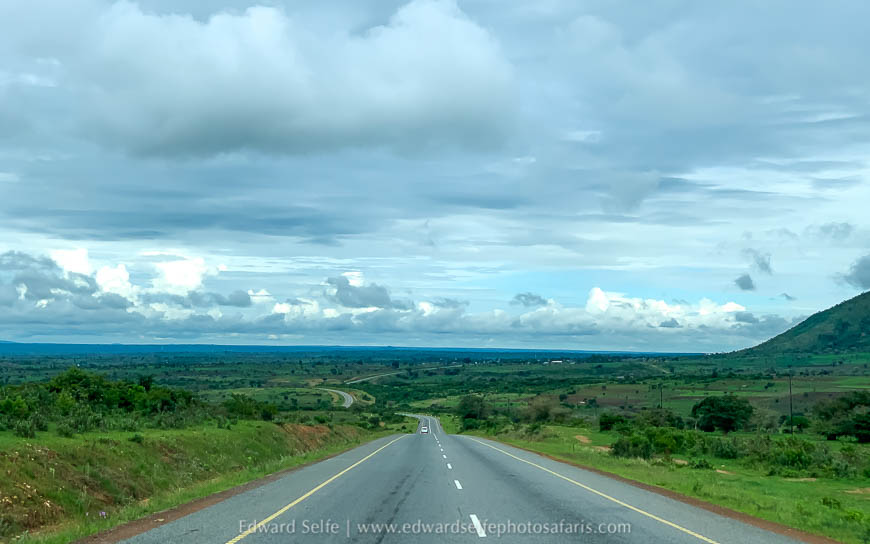
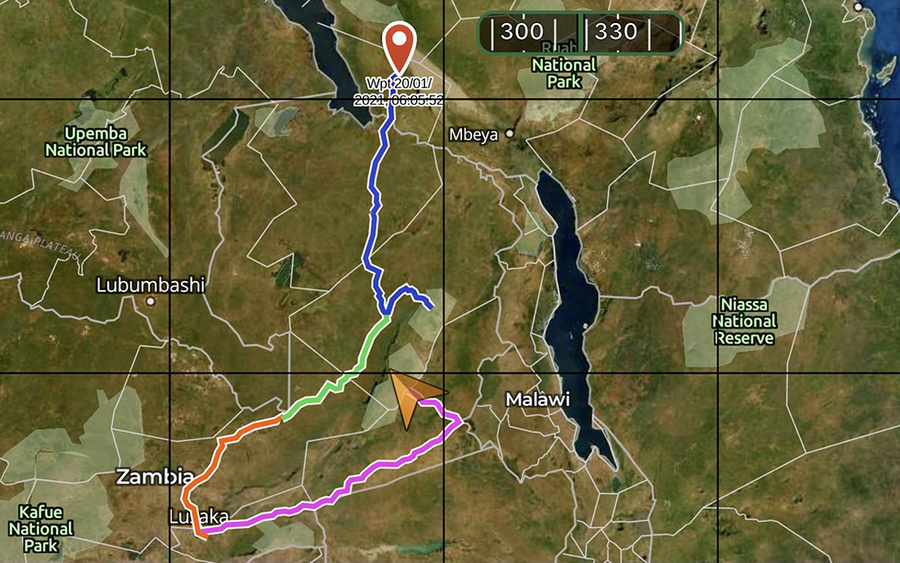
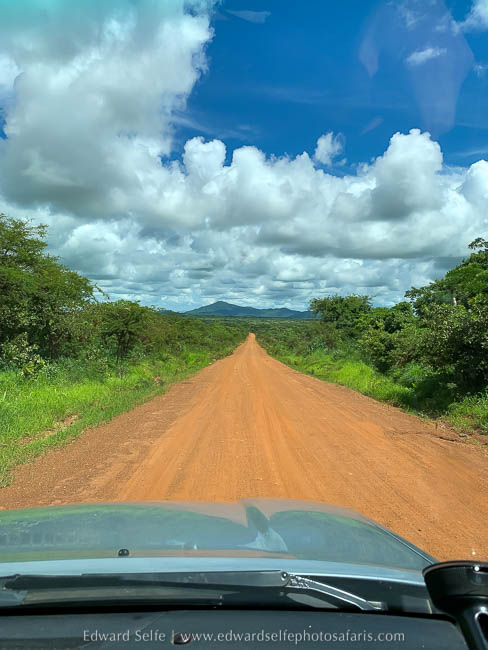
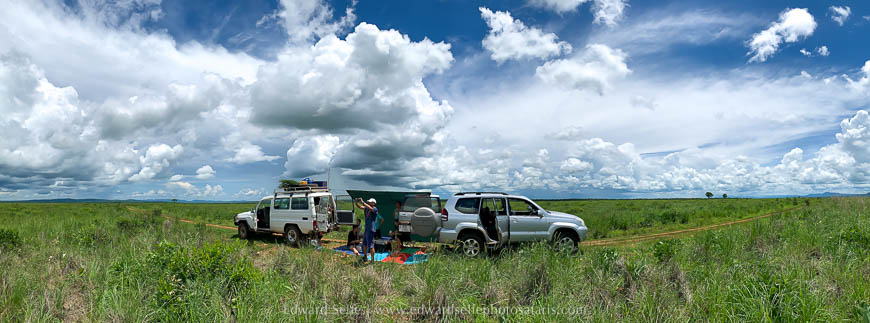
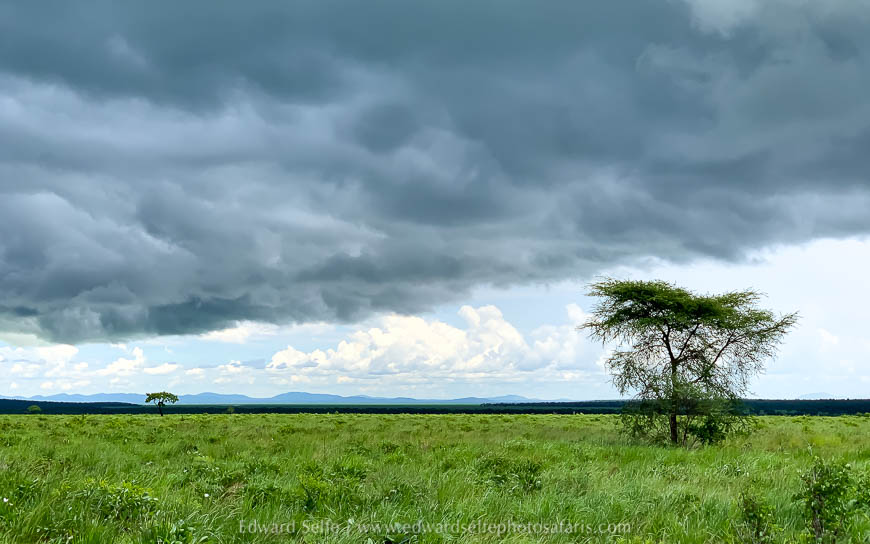
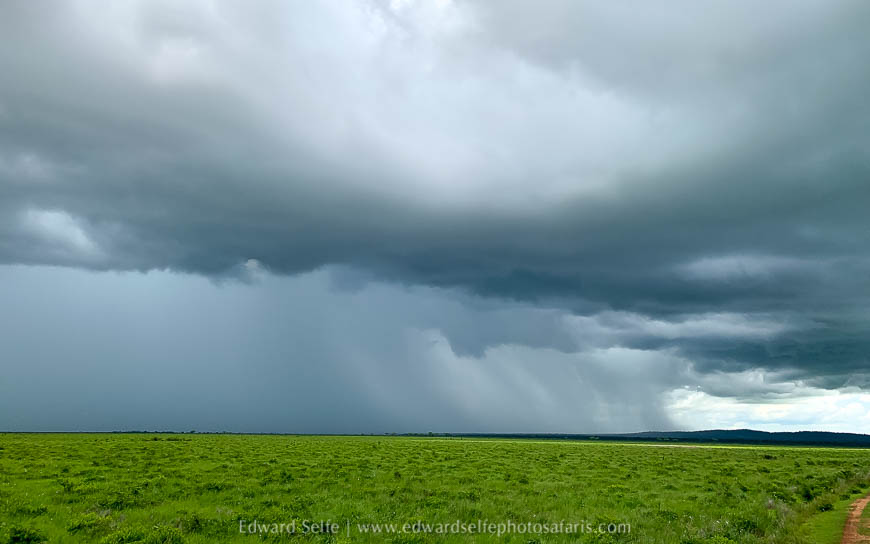
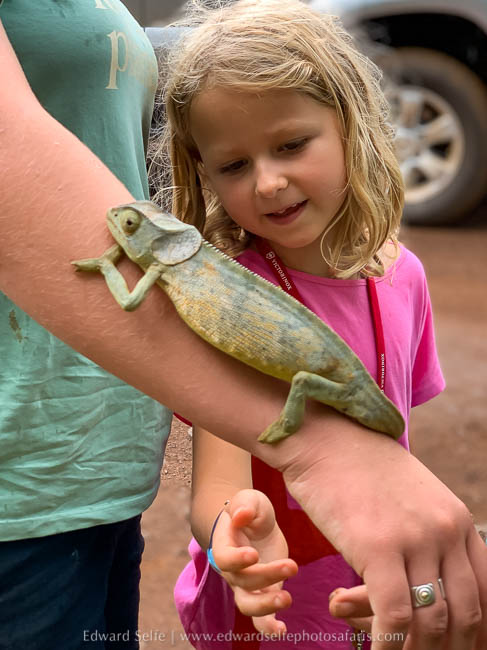
Arriving at Lake Katavi is a special moment. For around 15kms, you drive through beautiful woodland, unsure of what lies ahead. With little warning, the forest ends and there begins a short patch of sparsely wooded acacia, dotted with giraffes.
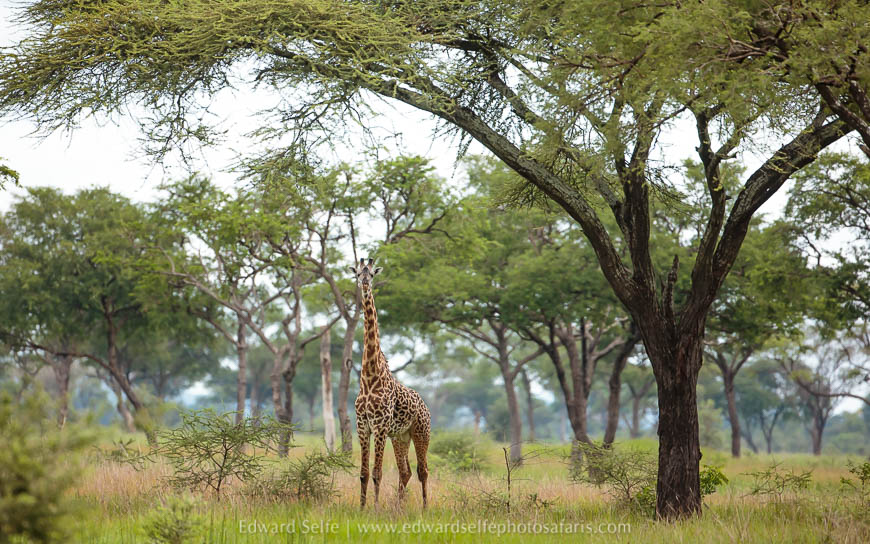
And then the ground falls away, and the horizon disappears into the distance.
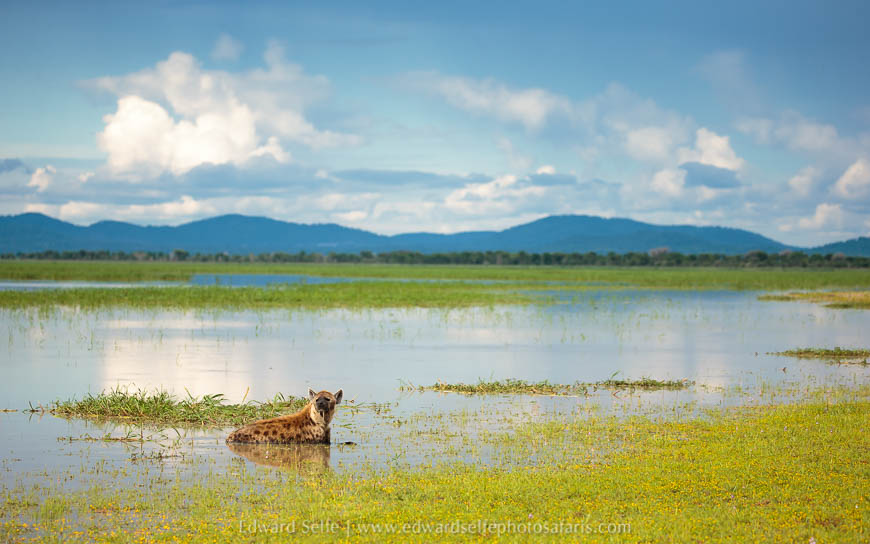
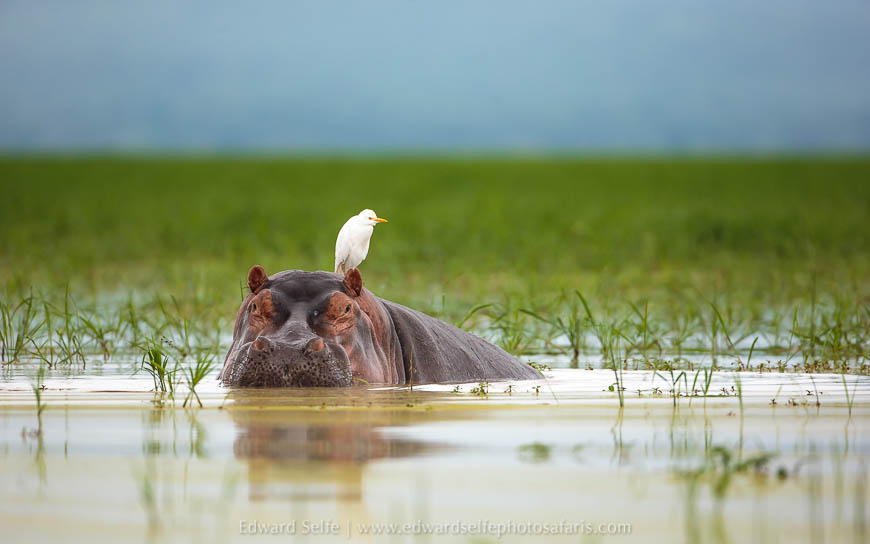
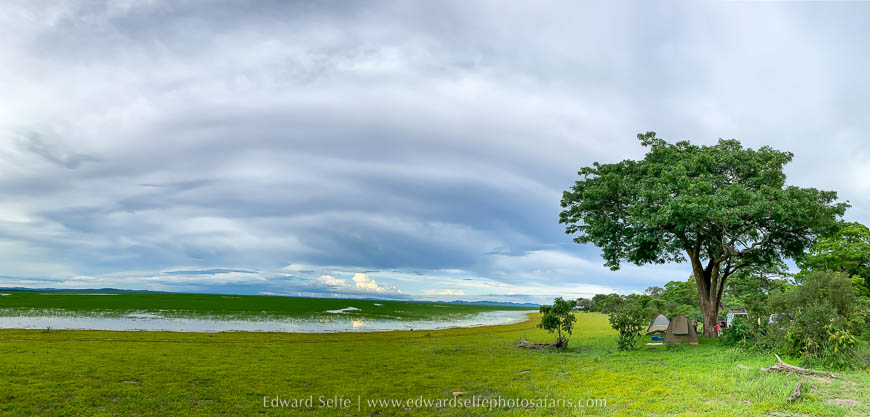
We could have easily stayed another night at Lake Katavi but we wanted to see more of the park. So we packed up and set off around 10.30 to find another campsite in the central section of the park. During the drive, we passed through miles of beautiful woodland, before once again emerging onto large flooded plains in the middle of the park. While there was not lots of game around, we saw elephants, hippos, topi, zebra and giraffe, and had a brief, exciting encounter with a pack of wild dogs on a thickly wooded road. It’s easy to see that the concentrations of game in the grassland areas of Katavi would be most impressive in the dry season.
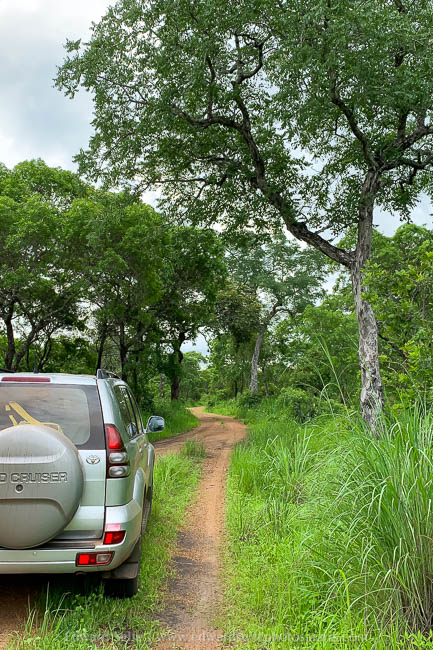
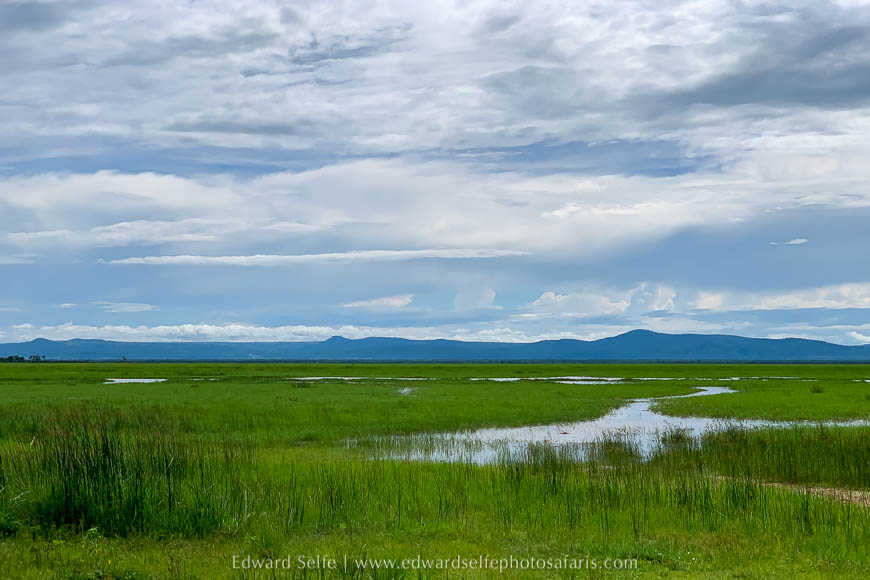
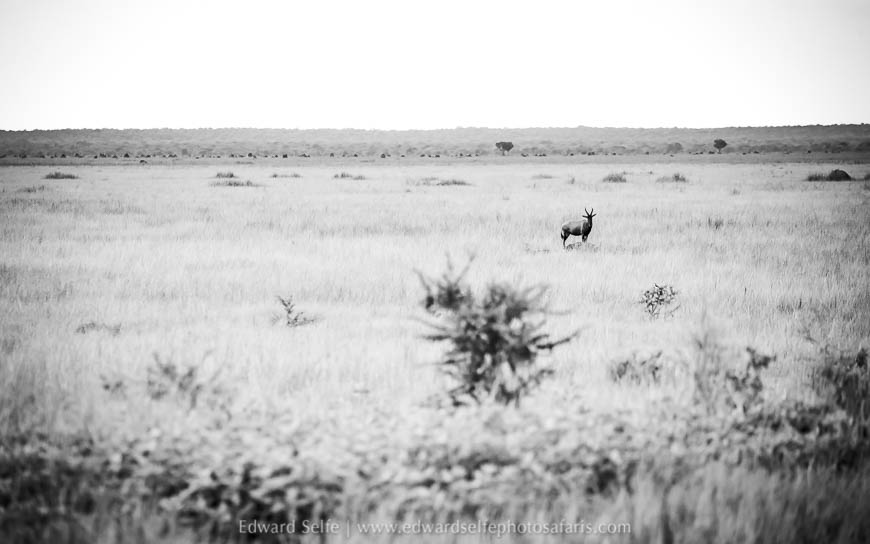
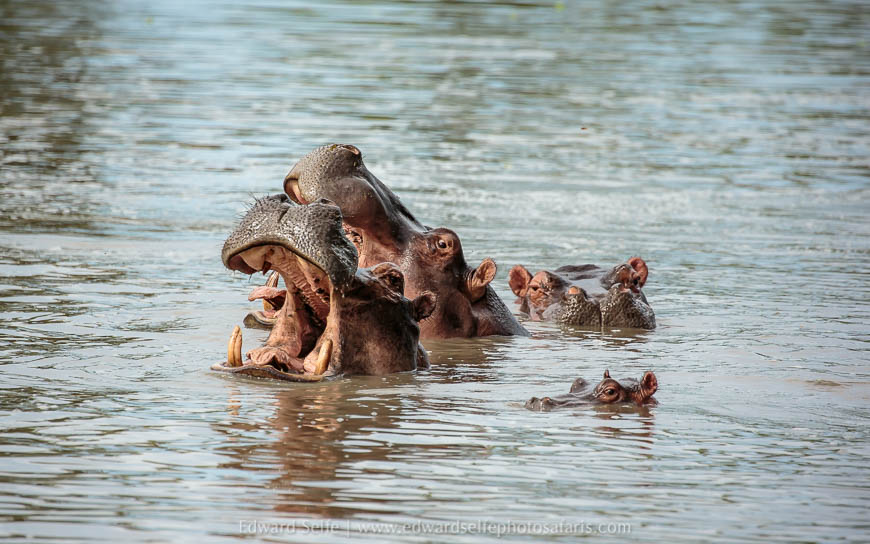
At the second campsite, the kids found a small waterhole. This was great as it gave us water for washing….right up until they decided to use it as a mud wallow. They had a fantastic time, but the water was not fit even for washing dishes by the time they had churned it up!
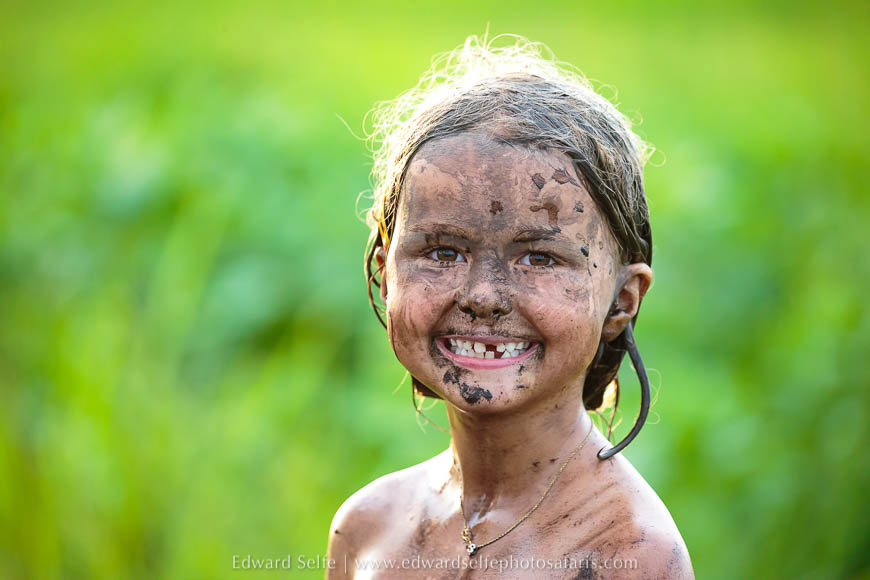
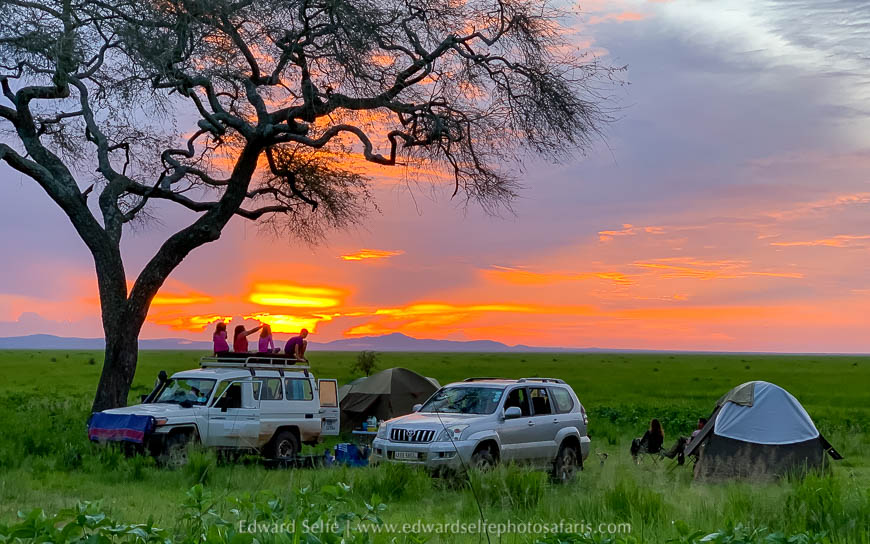
Coming from a very well-known and productive safari area, we hadn’t expected too much of Katavi, especially as we were visiting in the rainy season when game would be very dispersed. However, it had been a wonderful experience and I would return with no hesitation, in either the dry or wet seasons. It is especially attractive when combined with visits to some of the other wilderness areas in the region, such as Kitulo, Ruaha, Mahale Mountains and Gombe Stream. I hope this will be possible some day!
The time had come to leave Katavi and head to Lake Tanganyika for a shower (!) and some beach time. We arrived on 30th Dec, washed, cleaned our camping kit and swam in the lake. Before we knew it, New Year’s Eve had arrived and Lake Shore Lodge laid on an evening boat trip for us. We cruised along the shoreline, explored the islands and then drifted in the middle of a bay so that we could all jump off the 5m high bow into the water! Quite a memorable NYE!
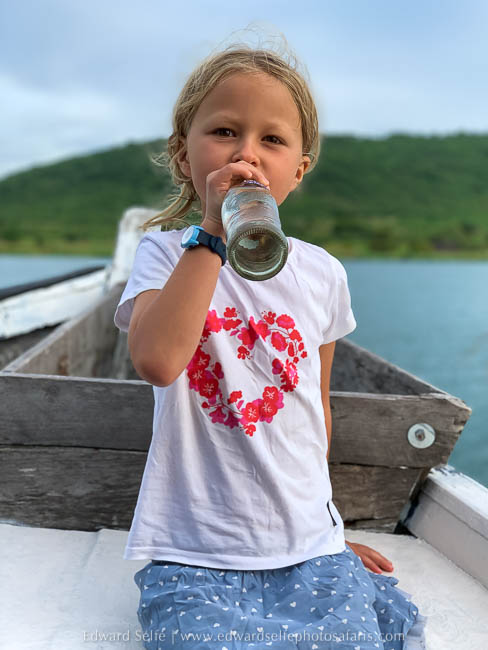
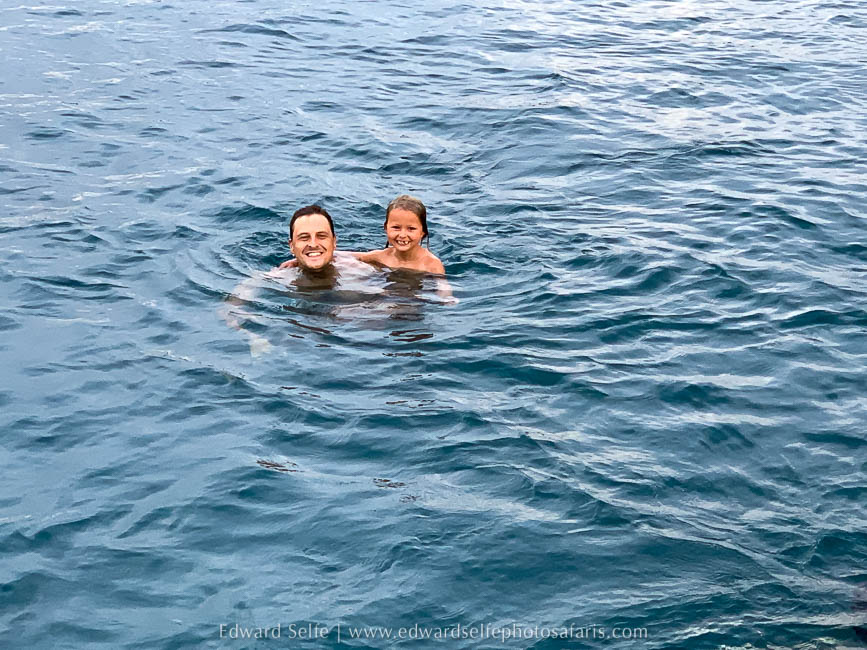
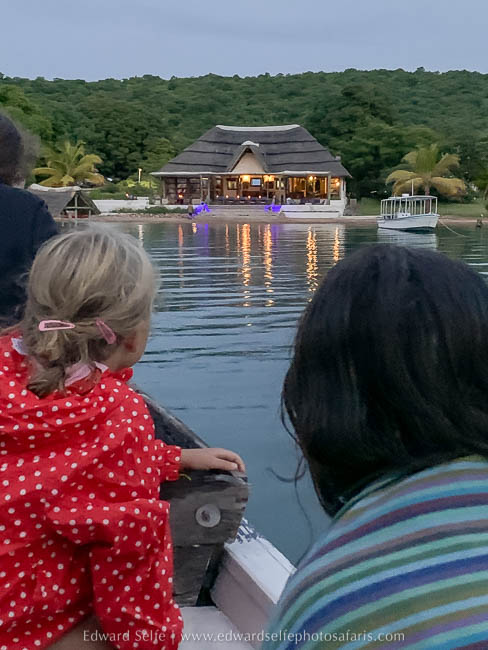
The following 10 days were spend resting, exploring, snorkelling and water-skiing. It was a wonderful break and one which we surely did not take for granted, given the way in which much of the rest of the world was spending their New Year period.
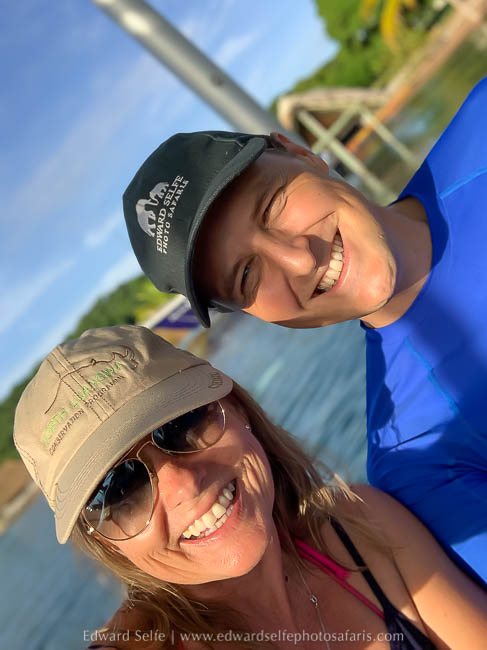
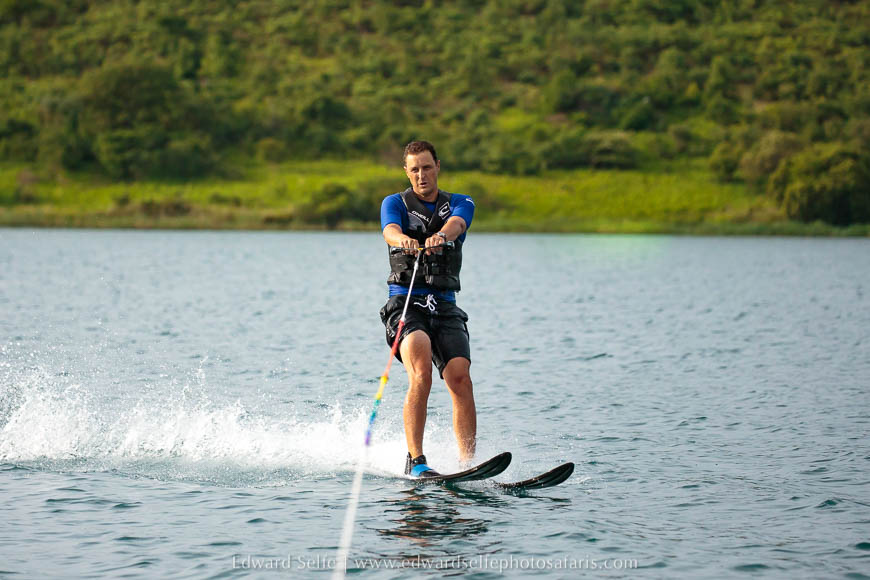
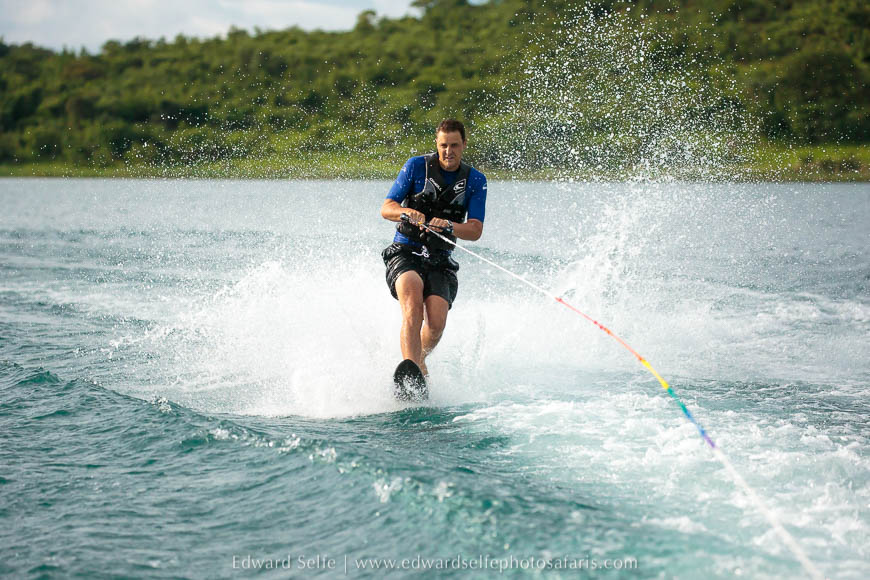
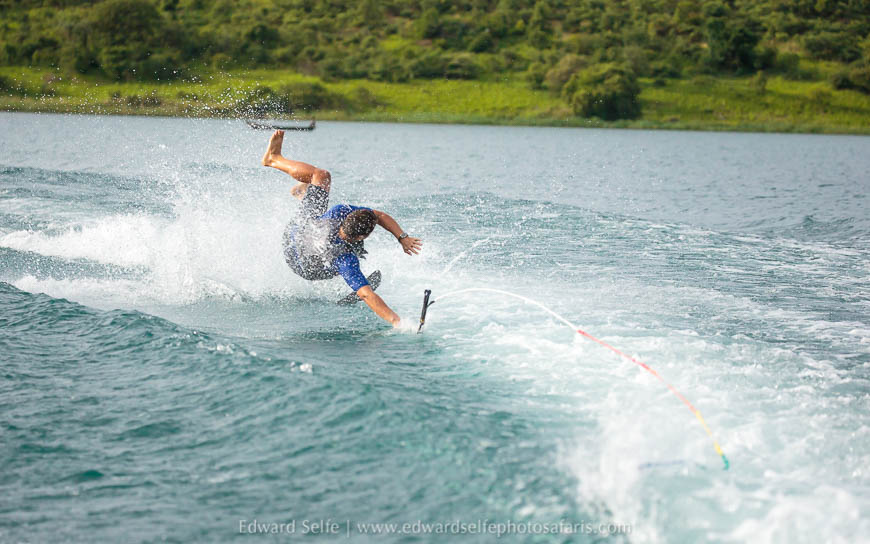
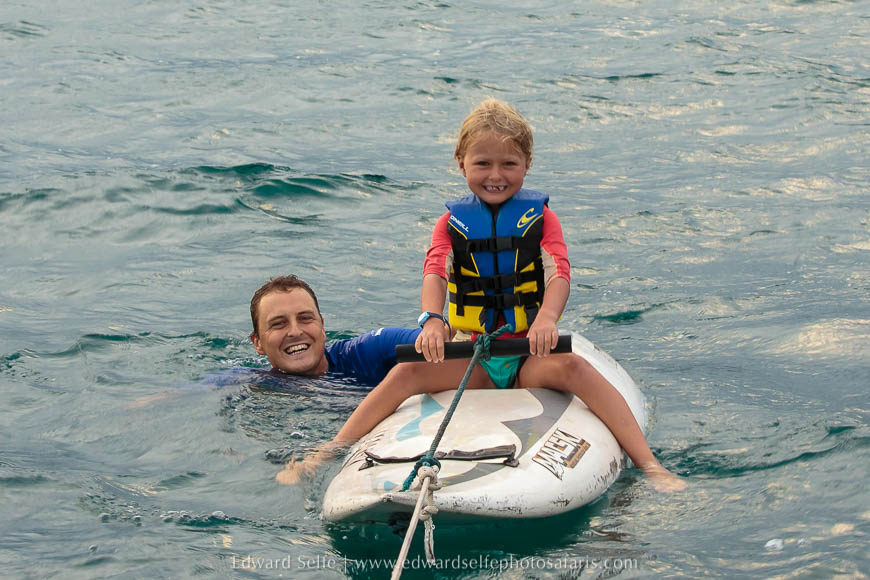
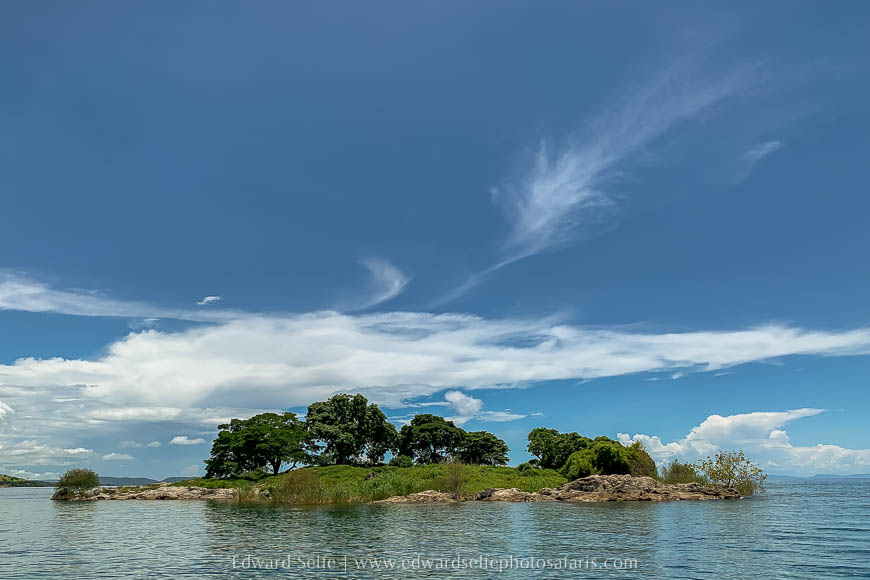
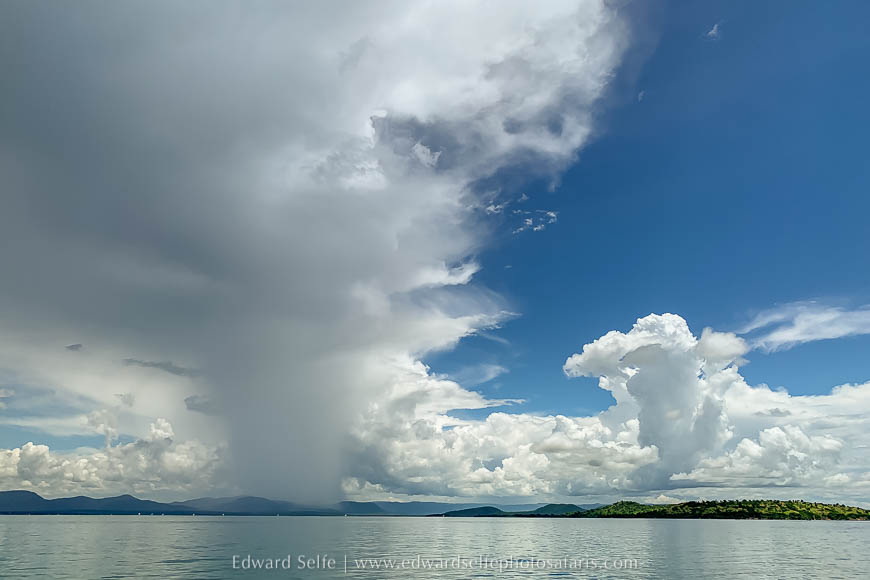
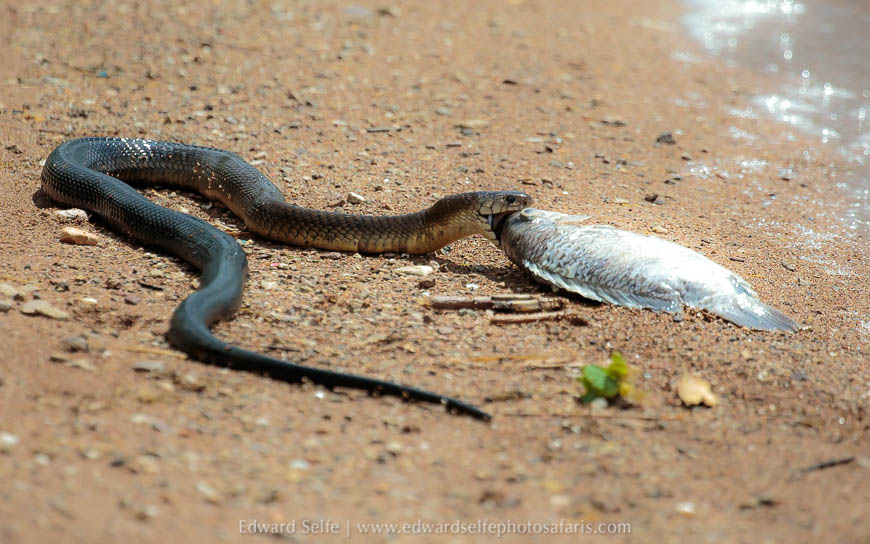
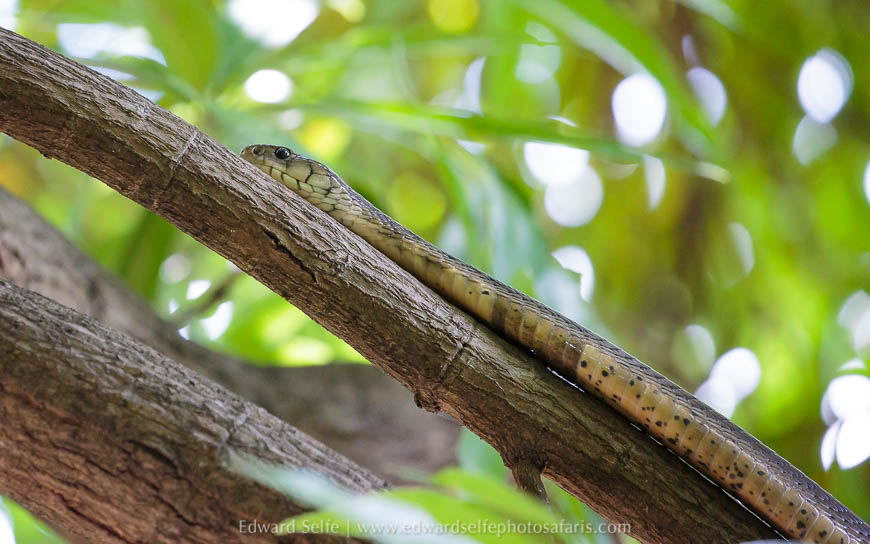
Our last couple of days were spend kayaking and on a sundowners trip on a beautiful yacht!
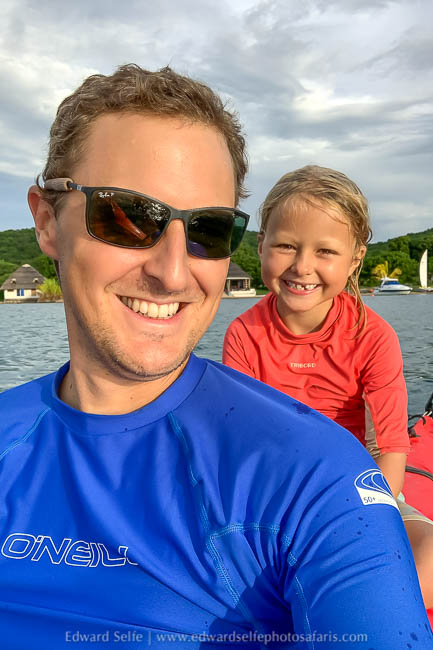
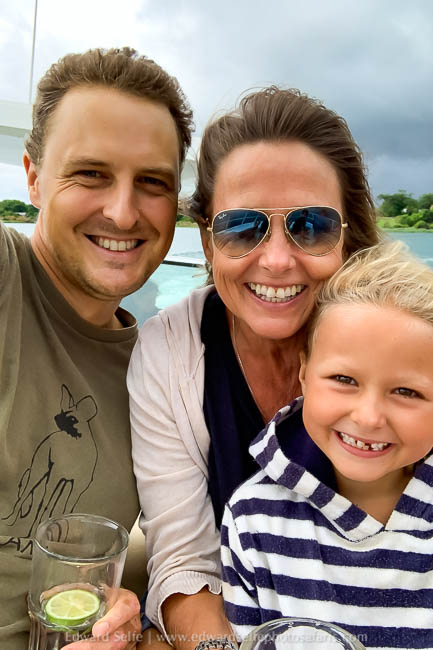
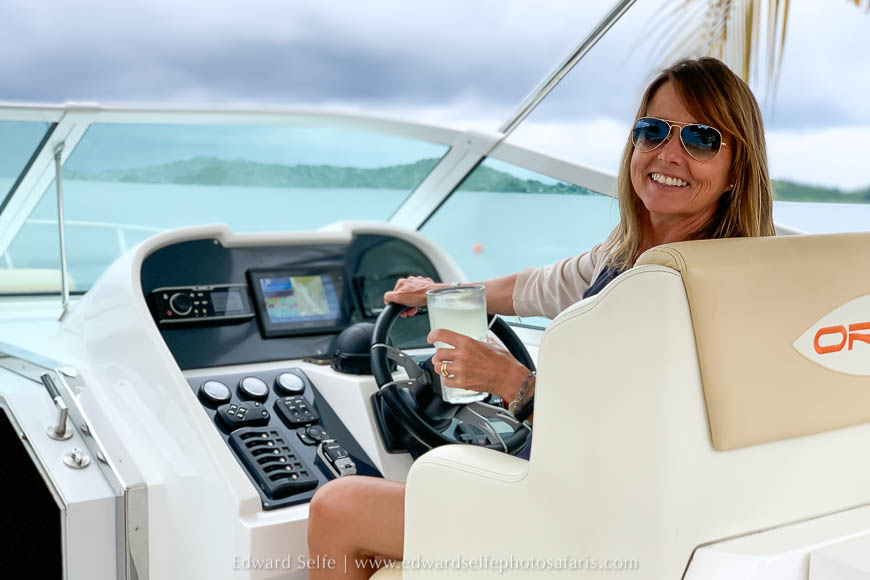
We were sad to leave Lake Shore Lodge in Kipili and would highly recommend it to anyone travelling in the area. But we had adventures to undertake on the way back home. The first adventure, somewhat unexpectedly, was a tyre blow out at 05.30 on the gravel track from Lake Shore Lodge back to the tarmac. We changed the wheel and, amazingly, found a replacement tyre in Sumbawanga just 3 hours away, meaning that we didn’t have to continue the journey without a spare!
Our target for that day was to cross back into Zambia and visit Kalambo Falls, a large 235m waterfall on the river that forms the border between Zambia and Tanzania. This falls is the 2nd highest in Africa and the 8th highest in the world. It’s well worth a visit, though the extreme mist and low cloud meant that we could only see it for around 10% of the time!
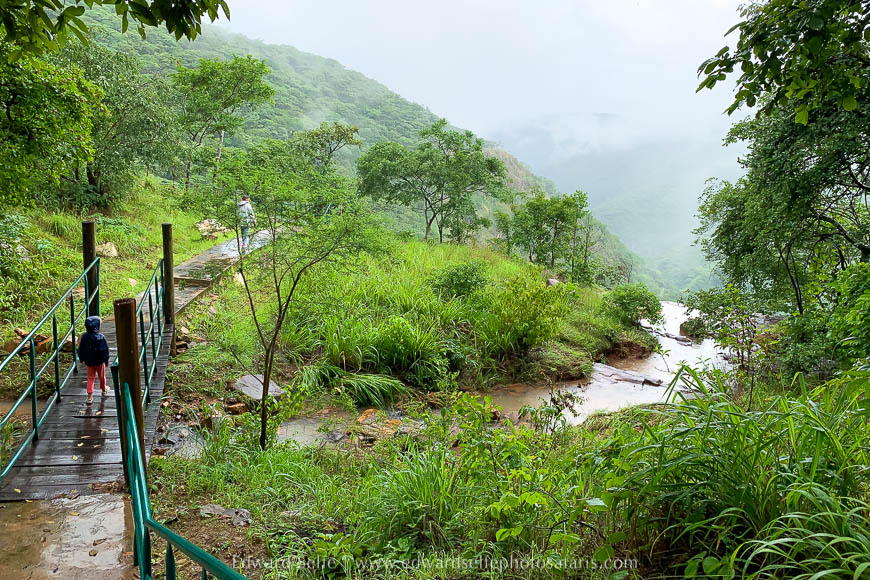
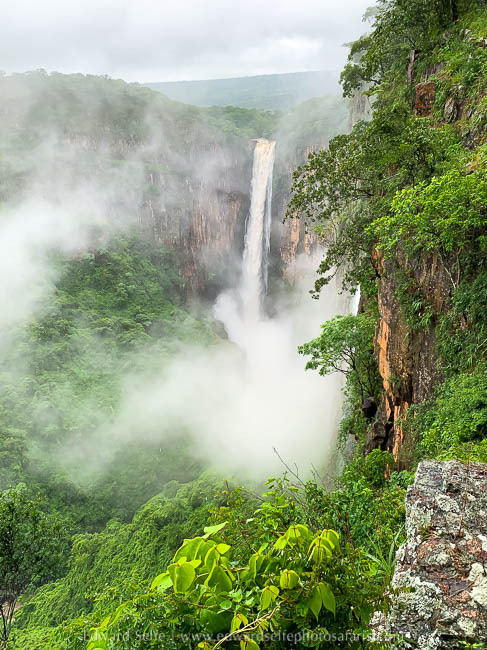
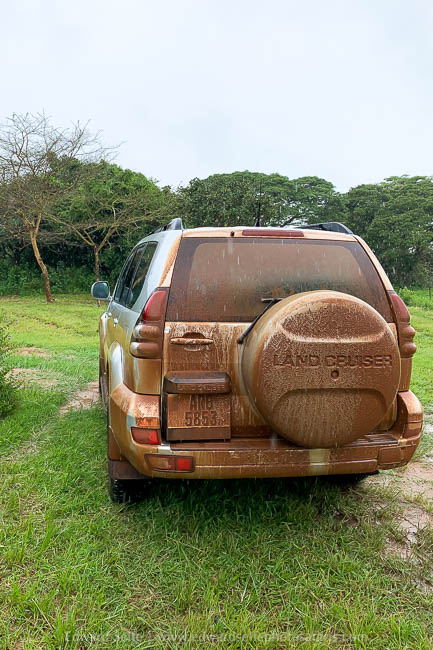
We had two more stops to make; the first was at Shiwa Ngandu, the famous English-style Manor House in the middle of a 10,000ha estate near Mpika. This house was the passion of eccentric English gentleman Sir Stewart Gore Browne, who built it in the early part of the 20th century. He had always dreamed of owning such an estate but didn’t have the means to realise it. So when he moved to Zambia (N Rhodesia) to be part of the border commission, he saw his chance. He was much loved in the area and his funeral was attended by the first Republican President Dr Kenneth Kaunda. His grave is on a small hill close to the house, with wonderful views over Lake iShiba Ngandu, in local language, the Lake of the Royal Crocodile. The estate is still in his family, being managed now by his grandson and his wife.
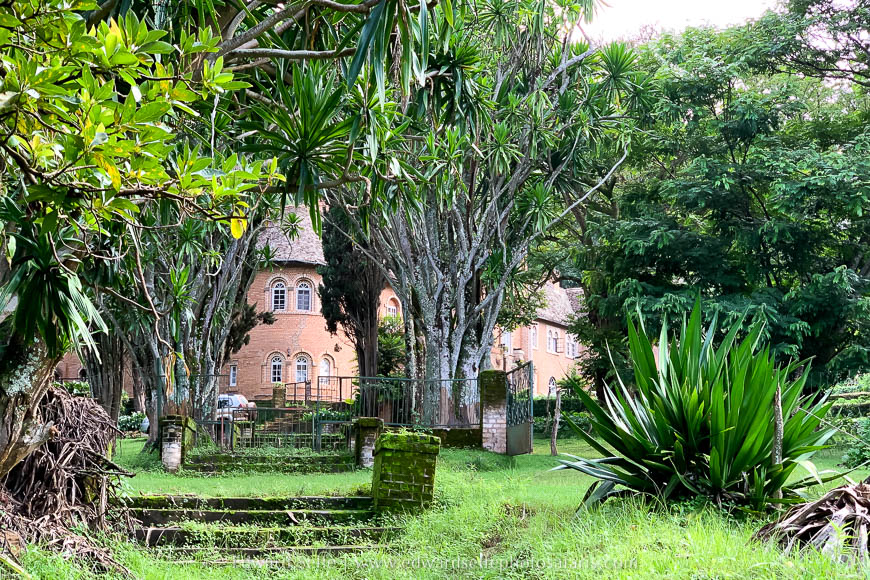
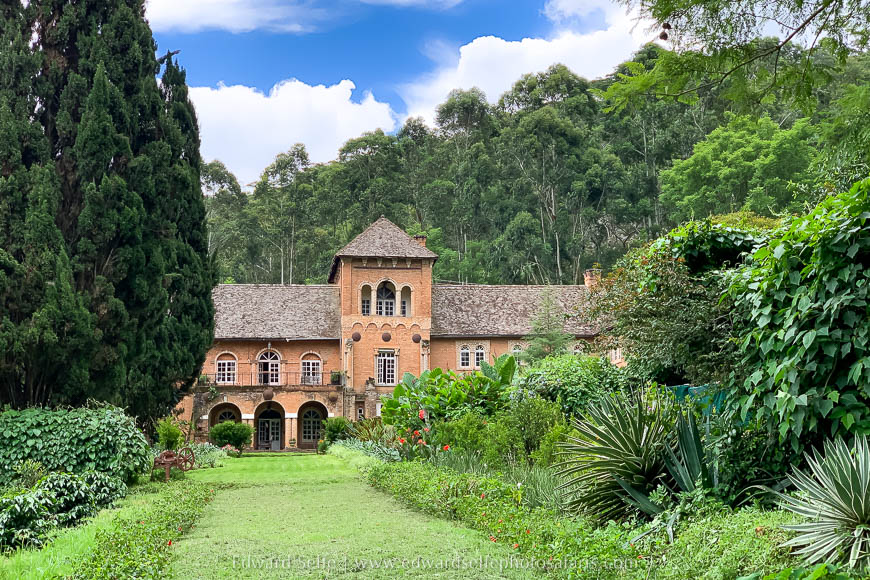
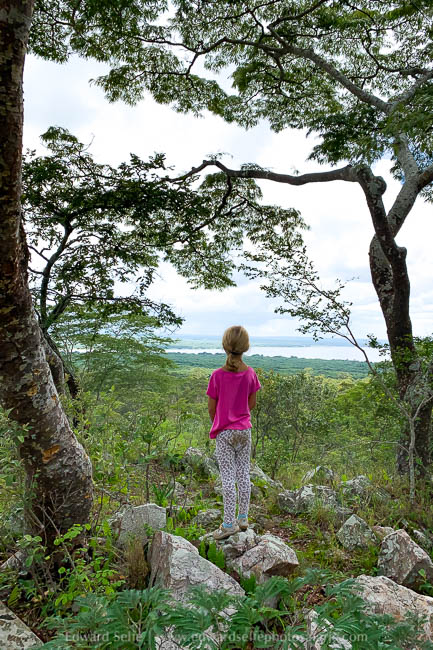
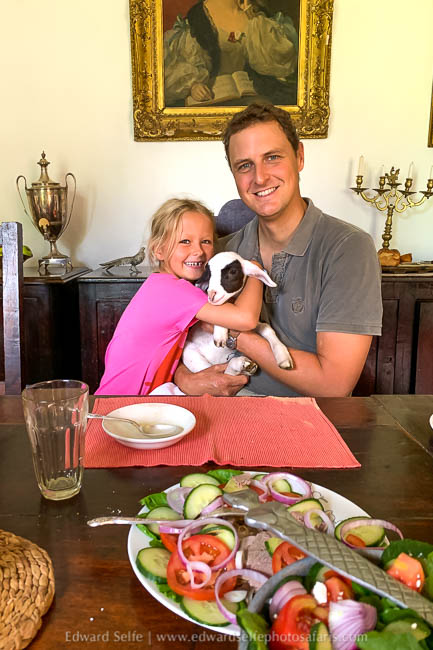
Our final stop was at Kundalila Falls, a pretty waterfall close to Serenje. The rain was heavy that day, and the paths slippery so only I went to the base of the falls, which involved a very steep climb, leaving Kirstie and Sukey at the top. But the view over the main cascade is very memorable. (See my Instagram story highlights for the full adventure here!)
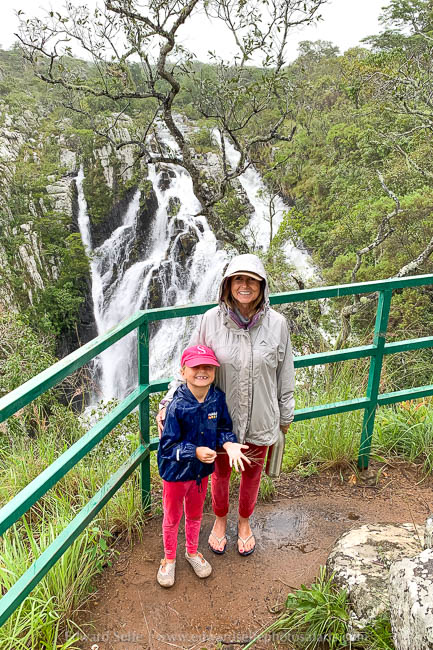
We had planned several days in Lusaka on the way home. But the emergence of new COVID strains, and dramatically increasing cases in Zambia, meant that we stayed a few nights in an empty house on the edge of Lusaka and then drove home. We have been in isolation since then, even though rules do not require this, and we are getting COVID tests today to rule out the chance that we contracted it somewhere.
We have been living through COVID in Zambia since this is our home. At times, we have felt like we live on a different planet from people in Europe and USA who have been so heavily restricted in 2020. Much as I hope it is not the case, the tables are turning somewhat; COVID is increasing in Africa, thanks to the new strains, and there is no sign of vaccinations reaching the continent anytime soon. Meanwhile, vaccines are being rolled out at an impressive rate in Europe (147 per minute in the UK!!??) which will surely allow restrictions to be lifted soon. We certainly hope so.
Thank you for reading all the way to the end of this long record. I hope it’s been interesting. There was no intention of gloating, only the wish to showcase some of Africa’s beautiful places so that they might be added to travel bucket-lists across the world. Take care, stay safe and I hope to meet many of you when travel can once again begin.

